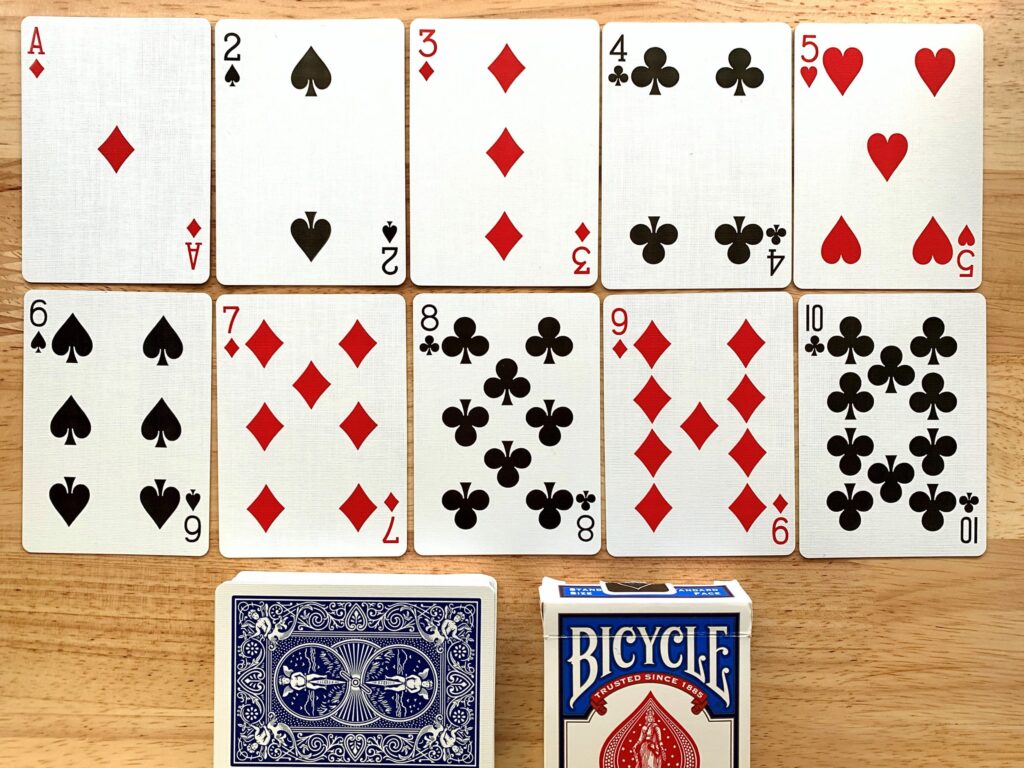What to do when you and your friends are hanging out or when your entire family is in one room spending some quality time. Playing cards can be the best decision so far.
This game grabs the interest of every generation and has never disappointed. Card games have been a cherished source of entertainment, offering a perfect blend of skill, strategy, and luck.
Among various methods, one intriguing game is the Garbage card game, also known as Trash or Junkyard. The name might sound funny, but the game is quite interesting to play.
It is more like a combination of Rummy and Canasta, which is suitable for all ages. To give you more insights about this game, we have curated a comprehensive guide on how to play the Garbage card game, delving into its history, rules, and essential strategies.
Tune in and learn everything in detail.
History Behind the Garbage Card Game
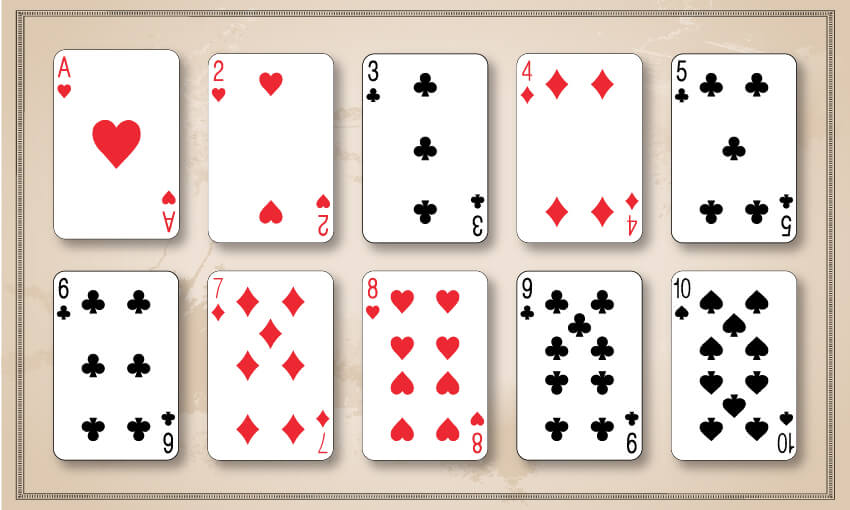
The exact origins of the Garbage card game are somewhat unclear, but it’s believed to have emerged in the mid-20th century. The game draws inspiration from Rummy and Canasta, incorporating elements of both while adding its own unique twist. Over the years, Garbage has become a popular pastime enjoyed by friends and families alike.
Moreover, the past has overcome the present popularity of this game. There can be moments when people cannot get the exact rules of this game, but someone in the group can manage to play this game. All in all, you can consider this game to entertain people in your home or in a party.
What is the Main Objective of This Garbage Card Game?
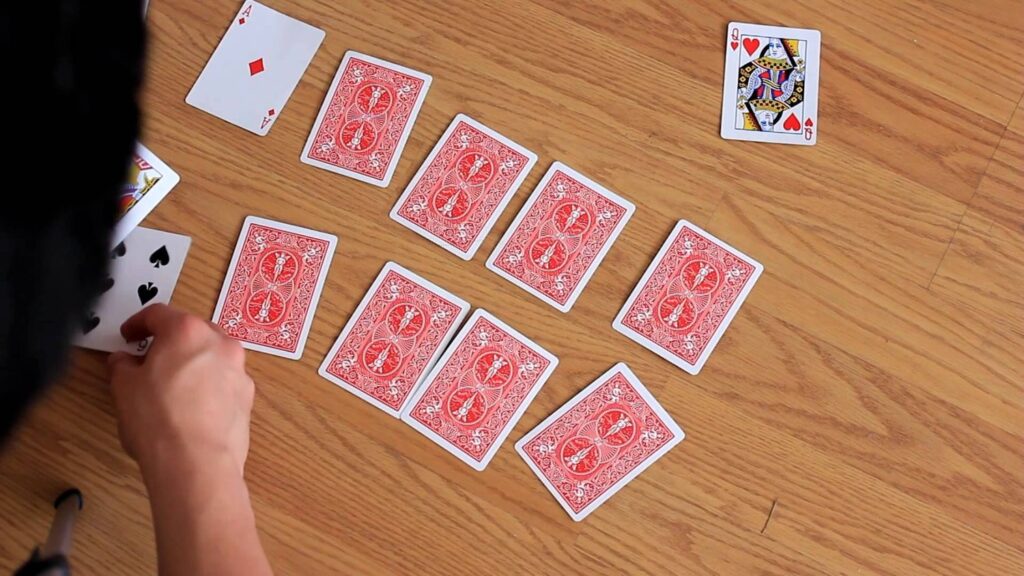
The objective of the garbage card game is pretty simple. It is like the first player to arrange a sequence of cards in ascending order in each of their two rows.
The cards in these sequences can belong to a single suit, while the suits themselves don’t have to match. You need to keep this objective in mind while playing.
The best thing about garbage card games is that you can enjoy this game with fewer people as well as too many players. Also, there is no need for additional hassle while playing this game. We have mentioned some necessary things that you will need in order to play this game.
- Two or more players can play this game. However, the more, the merrier.
- A standard deck of 52 cards is necessary.
- A table or flat surface for laying out the cards.
- You can have a pen and paper to keep track of your scores.
Lastly, the most important thing that you will need in order to enjoy this game is a playful spirit. This is because the garbage card game is a game of strategy, luck, and interaction, and it can be enjoyed only if you have the zeal to participate in the game.
Garbage Card Game: How to Play?
1. Deal the Cards
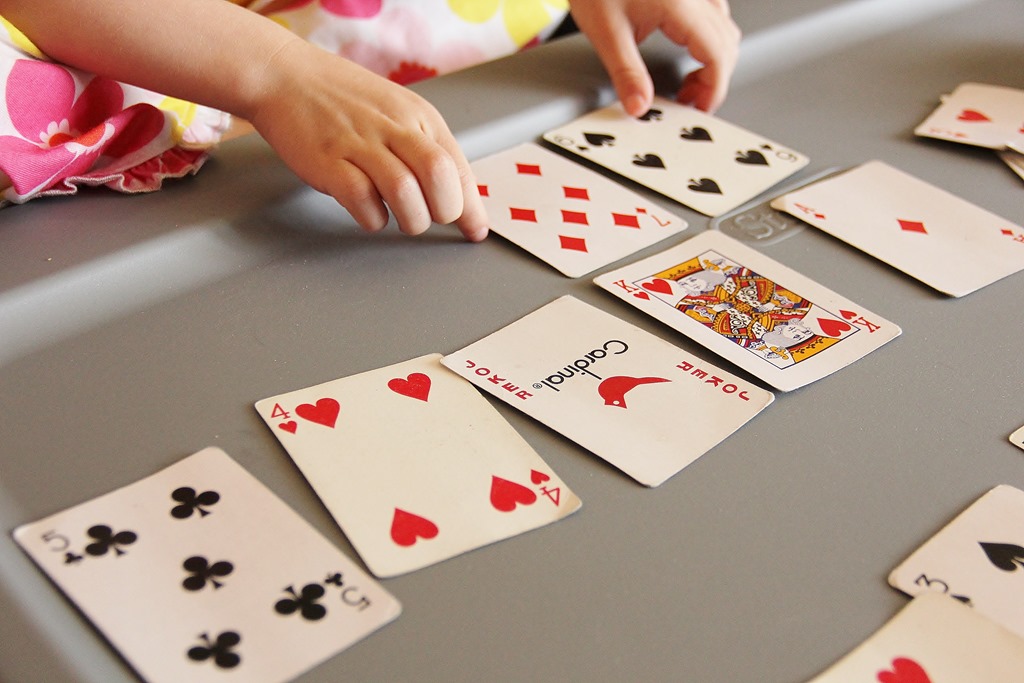
In the Garbage card game, the process of dealing with the cards is a crucial initial step that sets the stage for the gameplay. One player is designated as the dealer, and this role can rotate among players for subsequent rounds.
The dealer shuffles the standard 52-card deck thoroughly to ensure randomness. Once the deck is shuffled, the dealer proceeds to deal 10 cards to each player participating in the game.
These cards are divided into two rows: a top row containing 4 cards and a bottom row with 6 cards. The arrangement of these cards lays the foundation for the players’ sequences, and each player’s strategy and success in the game depend on the cards they receive during the deal.
2. The Gameplay
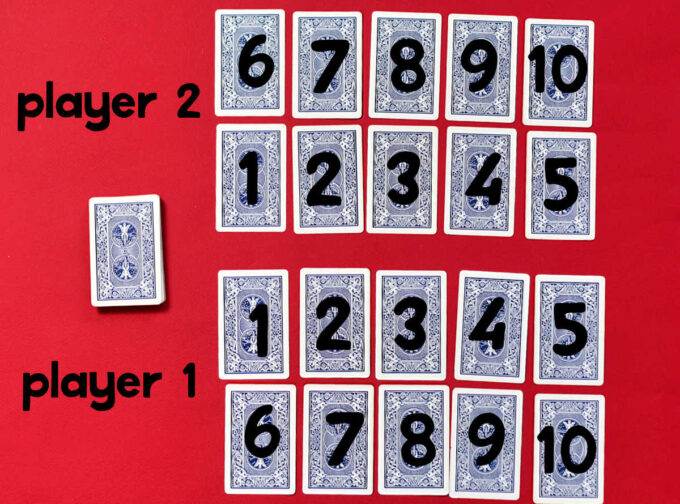
The gameplay of the Garbage card game revolves around a blend of strategy, luck, and careful decision-making. Players strive to arrange sequences of ascending cards in two rows, each containing cards from Ace to 10 of the same suit.
The catch is that only one card can be held in each row at a time. Starting with the draw of a face-up card or the top card from the draw pile, players must choose whether to exchange it with a card in their rows or discard it in the “garbage” pile.
As the game progresses, players strategically replace cards in their sequences and aim to complete both rows before their opponents. The challenge lies in managing the cards you draw, adapting your strategy based on your opponent’s moves, and deciding which cards to discard to hinder your rivals’ progress.
The excitement builds as players race to call out “Garbage!” when they successfully arrange both sequences, prompting a thrilling end to the game and determining the winner based on penalty points accrued from incomplete sequences.
3. Winning in The Garbage Card Game
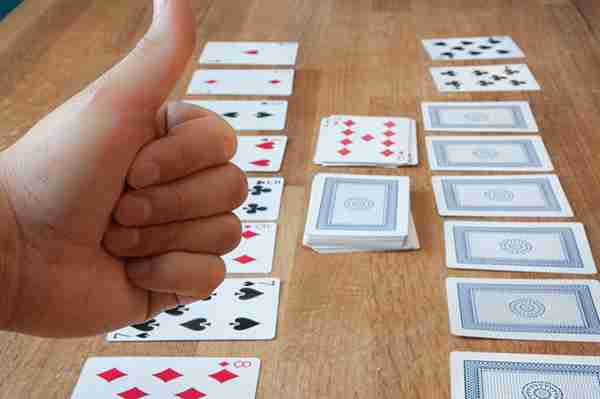
Who does not like winning? The goal of winning the game creates so much adrenaline rush, which makes the game more interesting. However, Winning in the Garbage card game requires a combination of strategy, adaptability, and a touch of luck.
The objective of the game is to be the first player to successfully arrange sequences of ascending cards in both rows, from Ace to 10. However, claiming victory goes beyond mere luck; it hinges on a player’s ability to manage their cards wisely and read their opponent’s moves.
Players must focus on completing sequences in one row before tackling the other, making strategic decisions about which cards to discard and when. The moment of triumph arrives when a player successfully places their final sequence and calls out, “Garbage!” The game then halts, and all players reveal their cards.
Penalty points are assigned for incomplete sequences, and the player with the fewest penalty points emerges as the winner. While luck plays a role, it’s the player who combines foresight, strategy, and quick decision-making which ultimately emerges victorious in this engaging and spirited card game.
Garbage Card Game: Strategies to Win
This game requires strategies to win this game. Thus, we have mentioned some tips or strategies to win this game.
- Focus on completing one row’s sequences before moving on to the other. This ensures a smoother progression.
- Be mindful of which cards you discard. Sometimes, discarding cards that your opponents might need can work to your advantage.
- Be flexible and adapt your strategy based on the cards you draw and your opponents’ moves.
- Keep an eye on your opponents’ sequences to predict their strategies and adjust yours accordingly.
- If you notice an opponent nearing completion of a sequence, try to discard cards they need to hinder their progress.
Conclusion
The Garbage Card Game sounds funny, but this game is a blend of strategy and anticipation and is easy to adapt. And without games, any family or friends gathering is incomplete. Thus, this game is considered the best choice to play.
Moreover, you need to keep in mind this game, or any other game, requires active participation along with full of enthusiasm. Without enthusiasm and energy, anything can seem boring.
The best thing about this game is its easy-to-understand rules, and it is a game that can be played with any age group. By following the steps outlined in this guide and applying smart strategies, you can master Garbage and have hours of fun with friends and family.
If you find that this game is getting monotonous, which this game won’t be, but in case it happens, then you can add a few more people to make it more fun.
So, gather around the table and get ready to turn your cards into organized sequences of success!
Frequently Asked Questions
How Many Players Can Play the Garbage Card Game?
The minimum number of players needed to play this game is 2. However, this game is versatile and adaptable, so you can add more players as much as you want.
Can I Play the Garbage Card Game with The Kids?
Absolutely! Garbage is relatively simple to understand, making it suitable for players of various ages. It’s a great way to introduce kids to card games.
Can I Discard a Card from My Sequences to The “Garbage” Pile?
No, you can only discard cards that you draw or choose from the draw pile. Cards already placed in your sequences cannot be discarded.
Can I Complete One Row’s Sequences Before Working on The Other Row?
Yes, focusing on completing sequences in one row before moving to the other can simplify your strategy and help you manage your cards effectively.
Is There a Specific Strategy I Should Follow to Win?
While luck plays a role, the key strategies involve prioritizing sequence completion in one row, adapting to your opponent’s moves, and strategically discarding to hinder their progress!

